Interview
Interview: Tommy Boureaux
In conversation with French painter Tommy Boureaux who works between Paris and Florence. A graduate of Graphic Design and Illustration, Tommy is self-taught in painting.
Can you talk about your journey into or interest the arts?
I never thought about becoming an artist, art came to me.
I have always been a creative person since I was a kid but I did not have confidence in myself, I thought I wasn’t a good drawer so I didn’t try to learn it seriously at the time. But that didn’t stop me to create in my own way, to draw strange characters, to create my own paper toys or to produce some weird comics. I really started drawing late when I was 16/17 years old and my first art teacher helped me to discover unsuspected personal skills. Everything else just sort of followed suit after that and I never stopped drawing then.
During this period I didn’t want to paint maybe because my mother is a painter too and I wanted to find my own path so I started studying Graphic Design in Paris and I got very interested in illustration. After graduating an art gallery in Bologna in Italy contacted me and offered me the opportunity to exhibit my illustration works for the first time and I guess this is where it all began.
Do you use a sketchbook? I’m interested in what a sketchbook means to you and your work?, or how people develop their ideas.
Sketching is a major step in my work, it may help me to find inspiration. I sketch a lot and often spontaneously that’s why I’m not using a sketchbook but a lot of sheets of paper. Sometimes I dig out an old sketch who was trivial for me at the time and becomes a source of inspiration a few months/years later.
Painting with oil is a constant challenge, when you put your first brush stroke on the canvas you start to fight with yourself and it could take a lot of time. In contrast, sketching is less restrictive, you can’t miss it because you can go on very quickly. I often find the start and the confidence I need for a new piece in that way.
Your work often contains quite contorted human forms, can you talk about this and your influences or themes through your work?
Starting from the assumption that ‘life itself is violent’ as Francis Bacon reminds us, I paint bodies that are torn away from everyday life. The figures are set in the moment when external and internal forces are made visible through disorganised gestures, ‘daily’ gestures, which may seem trivial in their simplicity, however, express the violence, senselessness, and torments that inhabit mankind.
I like to observe the unaware repetitiveness of actions, dialogues, and thoughts. Endless repetition deforms into a daily routine that ignores reality and becomes guilt, inhumanity, disguise, and leads to the loss of subjectivity. In my works, I capture these traits, representing them through fragile, disjointed, disproportionate characters in a form of abstraction.
I want to give voice to fragility and imperfection that too often today are seen as evil, something to be hidden. Today’s mankind transfigures subjectivity into virtual images through technological means. We add filters, retouches, try to beautify and change the reality to make it more bearable, we reduce and eliminate the imperfection that inhabits it, thus making way for falsification.
Even a toilet, ideally a symbol of privacy and intimacy, has become a stage to perform and represent oneself in front of a mirror, in the desperate search for recognition, giving the sense of loss in our society. From this bewilderment, from this loss of meaning and identity, I draw inspiration for his reflection, trying to give strength and voice to characters that are searching for their inner-self and their humanity.
Expressionism art in all its forms is my main inspiration, I love artists like Egon Schiele or Francis Bacon where I feel this kind of vibration that I’m looking for in my work but also abstract expressionist artists like Mark Rothko, Willem de Kooning and many others.
Can you talk about your process of working. How do you work, how often, is there a particular pattern?
I start with an idea that would take a totally different shape at the end of the painting. Actually my goal is to surprise myself all the time, the sketch gives me the confidence that I need to start but then I have to find something deeper during the production. I guess that a painting will inspire another so I usually work intensely for each series before taking a break, take a step back is important to digest the work and to bring me to the next step with a fresh mind. I’m trying, experimenting, testing new ways to work constantly so I don’t have a particular pattern, creativity needs change to find the best of yourself.
Do you find the process of creating work relaxing or therapeutic? I’ve become increasingly interested in the relationship of the sketchbook and the work to the artist.
I put all my soul in any painting I make, frequently the process is very painful because I don’t know where I’m going, sometimes I don’t find the solution and I can’t stop until I find it. At the end I went through every emotion and I’m relaxing myself only when the painting is over and it may take time. I believe that painting is therapeutic for me, I try to find myself deeply all the time and to work with my emotions and not just my mind. For me painting is not just a pleasure but something more complicated that I need to stay connected with myself.
Tommy Boureaux
www.tommyboureaux.com

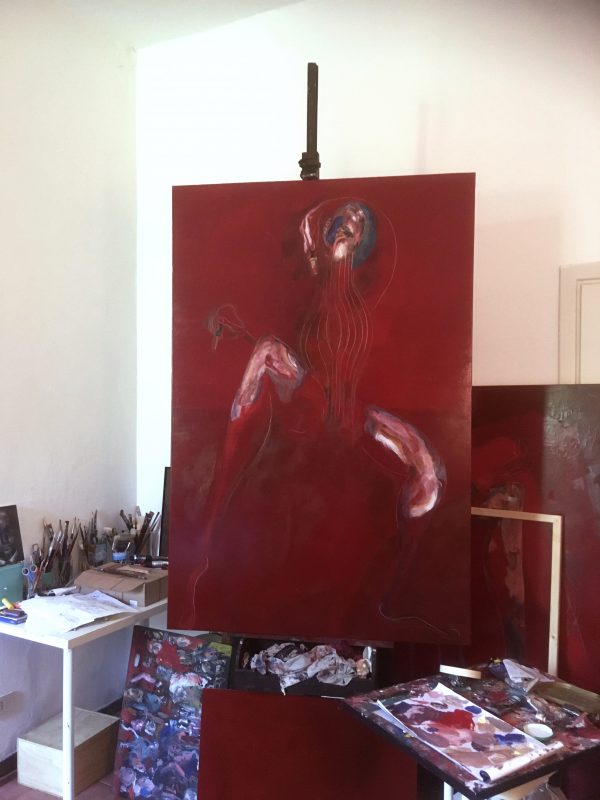
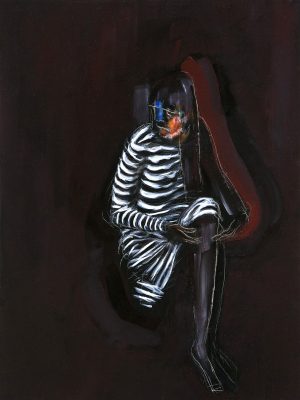

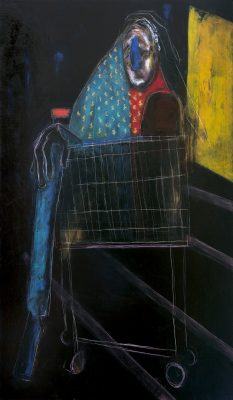
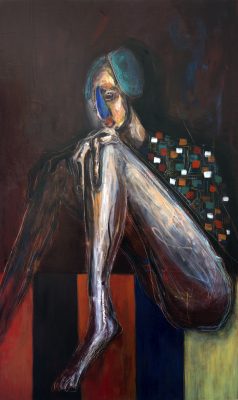
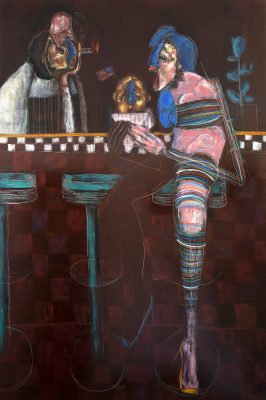
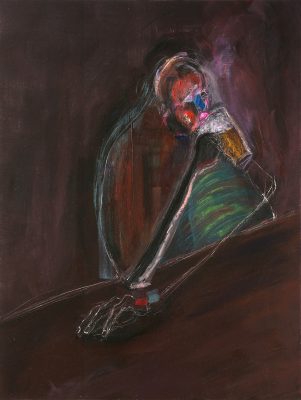
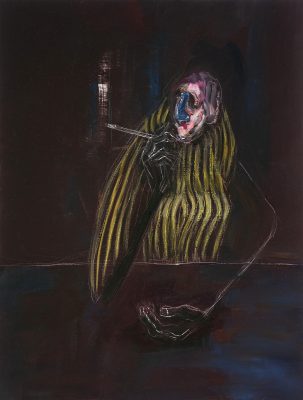


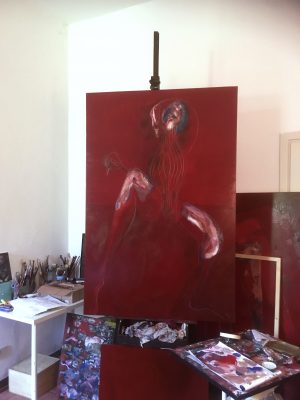
Do you like this artist?
If so, why not write a comment or share it to your social media. Thanks in advance if you can help in this way.